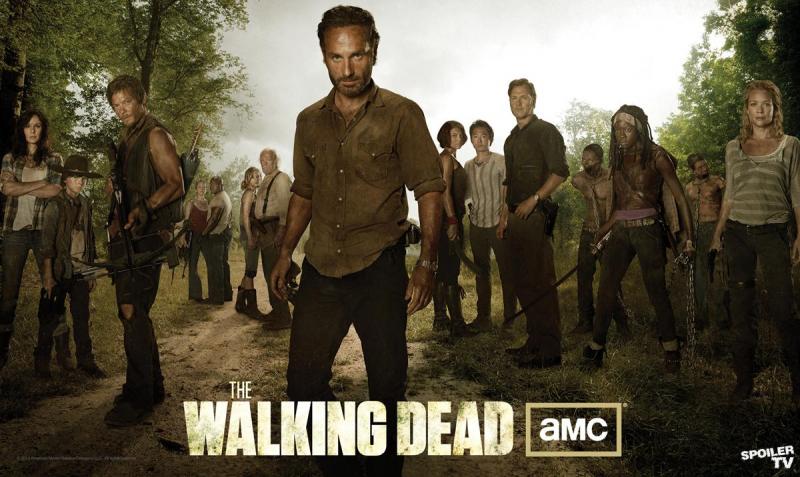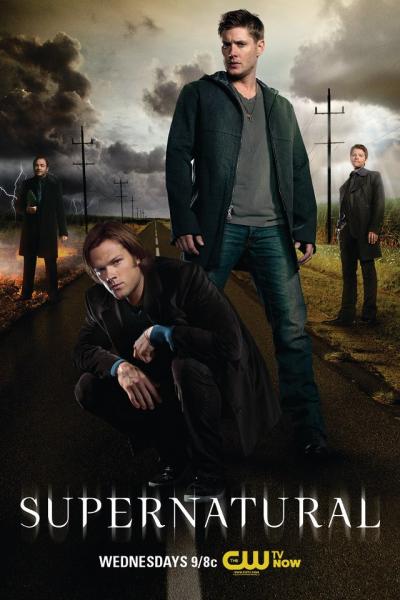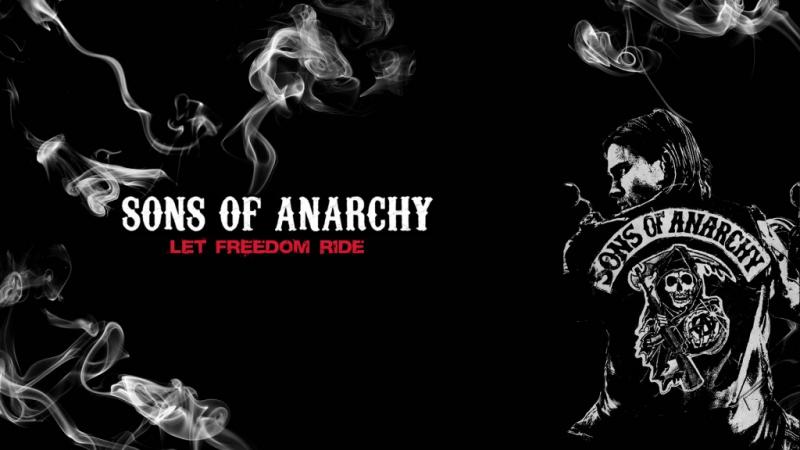TV Makes A Killing With Violent Content, Study Shows

The results
In order to conduct the study, researchers chose 40 broadcast and cable shows from the Fall 2012 television season to examine, randomly picking eight episodes from each and having watchers count the number of dead bodies visible onscreen in each episode. Bodies that were shown twice in one episode were not counted twice, and viewers also catalogued whether the bodies were "human" or "non-human", the method of death (if available) and the gender of the victim (although non-humans were considered genderless in the study).
While AMC's "The Walking Dead" was (unsurprisingly) the deadliest show, 91% of the dead bodies were those of zombies—who were not considered "dead" until they were well and truly dead, rather than "living" dead or undead. The show averaged 38 bodies per episode. CINEMAX's "Strike Back" was the second deadliest (averaging 26 deaths per episode), followed by NBC's "Revolution" with 11 deaths per episodes. Both "Revolution" and "Strike Back" had solely human victims. These top three deadliest shows averaged 25 bodies per episode, and 598 dead bodies overall, comprising 40% of total body count over the course of the study.
The Fall 2011 study, published in May, had the Starz show "Spartacus: Vengeance" as the season's deadliest show with 25 bodies per episode, followed by "Game of Thrones'" 14 bodies per episode.

Women were also generally safer for these genres, whereas horror/suspense and crime/courtroom dramas featured the highest number of female victims.
Of the genres examined, horror shows were actually the least likely to feature dead bodies. I'm sure psychological suspense is much more terrifying when the victims are alive than dead, although I'm not too keen on either. The second least likely genre to feature the dead was period drama. Well, no. "Downton Abbey" isn't exactly known for its high body count, although writers are awfully fond of setting their shows during wartime, which could be the reason the genre places second-to-last.
And beware of bullets—the study shows that 44% of the onscreen dead bodies were killed by gunshots. Gentlemen, take care: 52% of male deaths were caused by gunfire. Although gunshots were the most prevalent for both genders, women were almost three times more likely to be killed by beatings and/or strangulation than their male counterparts, and slightly more likely to killed by knives or blades. The undead and non-human victims were much more likely to be killed by blade-weapons rather than gunfire, though. You can't shoot a vampire. I don't think.
And as for memorialization of the victims (after all, this study was commissioned by a funeral info site), only 11 deaths were commemorated over all, with two on "Sons of Anarchy". Interestingly, "Supernatural" only was featured once, but I suppose that "burning a bones in a grave" doesn't quite cut it for "commemoration".
So what does it mean?
Well, according to the study, TV is quite simply getting bloodier.
Research has seemed to indicate that we, as a collected viewing audience and as a society, have become more and more desensitized to violence in our media. We simply don't get the same "emotional charge" from violence as audiences in the past. Audiences in general have simply grown accustomed to gratuitous violence, blood and gore, and so Hollywood must continue to up the violence to receive reactions. Viewers may not be impressed (disgusted, interested, choose your pick) by a single body anymore. We just want more, and so Hollywood supplies it, furthering the trend.
Many of the bodies displayed onscreen were nameless extras, humanoid monsters or background characters. While these deaths certainly had the penchant to be gruesome, they lacked much of the emotional weight that deaths of main characters naturally carry.
The study also did not add greater weight to bloodier or more brutal deaths in comparison to less grisly or horrific deaths. While the average episode of "Criminal Minds" may feature "only" one or two bodies, the content of the show itself is generally psychologically horrifying. "American Horror Story: Asylum" might not have been in the top ten, but it's considered to be one of the scariest shows on television.
Many would say that "The Walking Dead" may have the highest overall death count, but because most bodies are zombies', they don't have the same impact of killing even nameless human characters.
However, it should also be noted that the deadliest show is also one of the most popular on television. The fall portion of "The Walking Dead's" season three had nearly 11 million viewers. In addition, AMC is no stranger to featuring gratuitous, brutal violence. "Breaking Bad" may not have the highest body count, but some of the deaths on the show have been absolutely gory, sometimes played off for darkly comic effect. In fact, according to this list, within the top 20 most popular IMDB titles, seven are considered in the top ten most violent shows of the past season.

Season two of "Game of Thrones" featured a total of 183 minutes of death, not even including any devastating injuries that may have occurred, and yet it is one of the most highly anticipated returning shows of the spring—in spite of the fact that an enormous battle is set to occur this season that will surely up its death count even more.
So why do we watch it? What's the point of seeing (sometimes needless) violence onscreen?
In his attempt to discover the reasonings behind the appeal to violent media, Purdue professor and mass media effects researcher Dr. Glenn Sparks concluded that the draw was based in three basic reasonings. The first relates to the sensory appeal.
On one hand, some people like to have the dickens scared out of them. Violence frightens us. It speeds up our heart rates, makes us sweat and reel. Some people like to feel sensations and they like it when their shows excite them. We simply enjoy the sensations we feel when viewing destruction, death and gore. We like the way watching violent entertainment (not necessarily of the violent sort—consider wrestling and mixed martial arts tournaments) makes us feel, even if we aren't participating.
The second could be that audiences don't necessarily care much about the violence at all. It should be noted that these shows generally have fairly interesting accompanying writing, good casts and developed characters. Generally, viewers aren't drawn to the shows solely because they're violent, although that certainly is one aspect that interests us. They simply enjoy the plots, characters and themes in the show; they experience some pleasure from watching the interactions between aspects of the shows and the violence depicted. We like it when bad characters "get what's coming to them"; we like it when our favorites win and disliked characters suffer.
Thirdly, perhaps violent content tends to go hand-in-hand with other aspects that viewers enjoy. Sexuality, suspense, rather than violence, tend to be the main draws. After all, people are more likely to watch an R-rated movie than they are a PG-13 movie, even if the movie has the same basic content. It's more enticing for audiences, overall, to see the "bad" content (violence, sexuality—generally, if it's forbidden or restricted, it just makes us want to see it more).
Sparks' three theories are just that: theories. In order to better understand the appeal of violent media and the reasonings behind it, as well its effects on behavior and attitude, more research must be done. We can't yet conclusively say that violence in television is good or bad. Correlation does not equal causality: we cannot create tenuous links between what people see on screen and how they act in real life.
Until then, I suppose, we just sit back and enjoy the show—bloody as it may be.
Staff reporter Christine Bancroft can be reached here or found on Twitter here.



